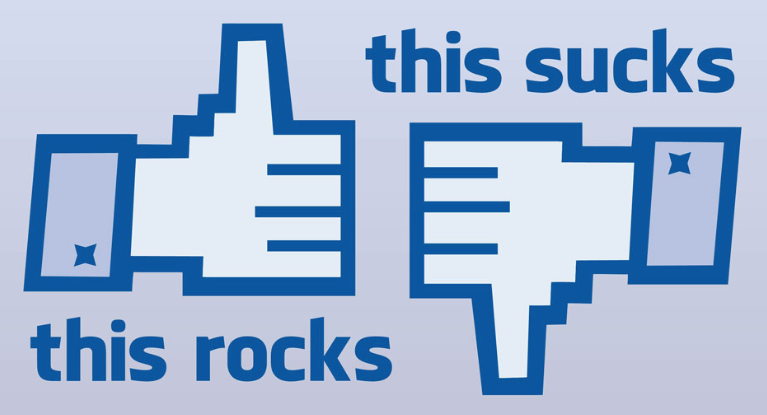I graduated from the University of Kentucky with a bachelor’s degree in Advertising. I’ve worked for four different advertising and marketing firms over the past two decades, and then some. I’ve built the brands and increased sales for business-to-business, packaged goods, entertainment, real estate, retail and banking. So, do I get pissed when someone with an accounting degree tells me how to “fix” an ad? Of course not, I just offer to “balance” their books for them.
As marketers, we work in the one field where everyone is an “expert” – especially when it comes to creating ads. But, the truth is that a great idea can come from anywhere.
If you are tasked with evaluating advertising for your company, for your sake and the sanity of your marketers, follow these 8 steps:
 1. Accuracy: Is the message factual? Can it be considered misleading at all? Is the offer right? What about call-to-action, are you sending customers to the right place?
1. Accuracy: Is the message factual? Can it be considered misleading at all? Is the offer right? What about call-to-action, are you sending customers to the right place?
2. Emotion: Your message will be impactful if it makes you feel something. Does it make you think, worry, laugh, reminisce?
3. Voice: Imagine your company as a celebrity. Would it be George Clooney? Would it be Taylor Swift? Now, read, watch or listen to your message with that celebrity saying it. Does it fit? This goes for look too. Does your message match the style of your personality?
4. Target: Imagine your perfect customer – You can use the celebrity exercise here too. Will your message resonate with them?
This is important: If your company has a different persona than your target, that’s OK! Think of it this way … if your company is George Clooney and your target is Taylor Swift, imagine a conversation between the two. George would not try to look and act like Taylor. But, he can certainly relate to her in his own way.
5. Location: If George wants to chat it up with Taylor, you likely won’t find him on the Obit page of your local paper or on AARP’s website. Will your target see or hear your effort? If Taylor Swift is your target, it’s ok … nah, it’s preferred if your CEO and Board never see your stuff.
6. Brevity: Your target does not care as much about your message as you do. Can they grasp the one main point in 3 seconds?
7. Differentiation: If you slapped your competitor’s logo on your stuff, would it still work or would it look out of place. It had better look out of place.
8. Pick Your Battles: I can not say this loud enough! Regardless how strategic and targeted your marketing plan is, there will undoubtedly be low-impact tactics that must get done. These are called “resource eaters.” I call them “git-‘r-done” jobs. They do not require 14 rounds of revisions. Copywriters do not and should not have to sit, in Locus position, on a meditation cushion and “Zen-out” on concept for 2-weeks. As long as these jobs fit the 7 previous steps, for the love of everything, let it go.
That’s it. It’s so simple, even an accountant can approve or recommend changes to creative.
You’ll notice that, based on these steps, the phrase, “I don’t like…” (insert: “…the headline,” “…the picture,” “…his face”) should never be used. Rather, “I don’t believe that this speaks to our defined target,” or “I don’t feel this fits our company’s personality,” are completely acceptable forms of criticism … as long as they are followed by, “because…”
In addition to being a strategic consultant, MarketMatch also has nationally and internationally requested speakers. Contact us to bring our marketing ideas to your institution or next conference.
See our story here. (click)
Or email me directly (click)
937-371-2461
Follow us on Twitter @MarketMatch





